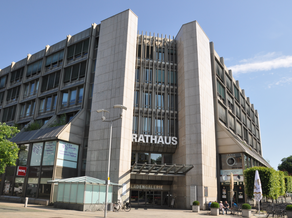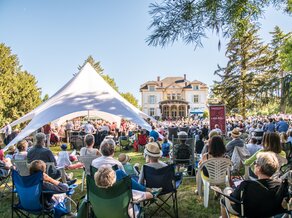History of Gonzenheim
Archaeological finds in Gonzenheim indicate a settlement in prehistoric times. The first confirmed documentary mention dates back to 1367. The formerly Catholic community switched to the Protestant faith around 1525. For many years, Gonzenheim remained a village with rather rural structures. At the end of the 19th century, it was hoped that an upswing would result from the connection to the German railroad network, as the railroad station was built in the Gonzenheim district. However, this was only achieved with the construction of the local railroad line, today's subway line, which was completed in 1910.
On April 1, 1937, Gonzenheim was incorporated by decision of the Chief President of the Province of Hesse-Nassau. This was preceded by lengthy disputes with several border shifts. After that, the former village changed very quickly. The infrastructure was expanded and in 1955 a settlement was built, which was primarily intended for displaced persons from Marienbad and the Egerland.





